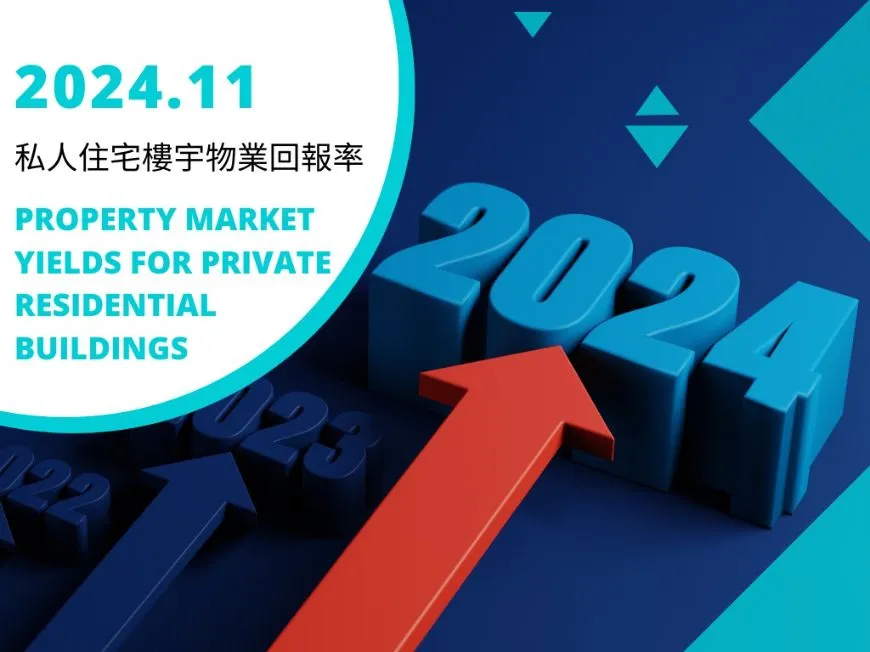Property Market Yields for HK Private Residential Buildings
Listen to the blog audio:
Based on the data provided in the Hong Kong Property Monthly Supplement Report (November 2024) concerning private residential buildings, we can analyze market trends and changes in yield performance through a detailed interpretation of the figures.

| Rental Index Performance(Table 1.3) | Sale Price Index Performance(Table 1.4) |
|---|---|
Class A (<40 sqm)
|
Class A (<40 sqm)
|
Class B (40–69.9 sqm)
|
Class B (40–69.9 sqm)
|
Class C (70–99.9 sqm)
|
Class C (70–99.9 sqm)
|
Class D (100–159.9 sqm)
|
Class D (100–159.9 sqm)
|
Class E (>160 sqm)
|
Class E (>160 sqm)
|
Yield Trend Analysis
Small Units (Class A): Yield Growth
Class A units show significant rental growth (+5.3%) and price correction (-5.4%), resulting in improved yields. These properties remain highly attractive for investors.
Medium Units (Class B): Steady Performance
Class B units’ rental growth (+6.3%) outpaces their price drop (-3.9%), ensuring a stable and growing yield. They remain a solid choice for balanced investments.
Large Units (Class D and E): Yield Compression
Rental increases for Class D (+4.1%) and Class E (+2.0%) were limited, while their sale prices fell (-2.2% and -4.3%, respectively). These conditions challenge yields for high-end properties.









